BOZEMAN, Montana — The first time I talked to Eric Dondero, I called his cell phone, and caught him on a sidewalk in the small town of Three Forks. He was asking people to sign a petition. He convinced one man to sign while I listened. Then he told me enthusiastically about his political work: “I’m full-time, all the time! I try to do a good 10 hours per day … I’m a very ideological person. I’m a proud libertarian.”
Dondero was operating as a point man for a campaign that stretches from Arizona to Washington state. I hoped he would allow me into the ground-level operations. “All right,” he said, “you want a really good story? Come on out. I’m standing in front of the Conoco store, you can’t miss me. I’m rockin’ here!”
I drove west from Bozeman, through suburban sprawl and 30 miles of farm country, to the confluence of rivers where Three Forks sits. The town only amounts to a few dozen blocks, and it has a random feel, trailer homes mingled with small houses, a looming talc plant, and a fringe of new, pricier subdivisions mysteriously growing on former wheat fields.
Dondero was hanging around a gas-station store on the not-too-busy main street. Stocky but not imposing, he was dressed to blend in with the Three Forks community (trimmed hair and mustache, jeans and work boots, American flag pin) as well as for a long day under the hot May sun (visor, sunglasses, long-sleeved shirt). Petitions were stacked on his clipboard, and even as I approached, he persuaded another passerby to sign. “You’re a great American! I appreciate it!” he told the guy.
We shook hands, and Dondero grinned, animated and immediately likable. I stepped back and watched him work. Locals wheeled their pickup trucks into the parking spaces around the Conoco, and as they walked into the store, Dondero asked them politely, “How are you doing (ma’am or sir)? Are you a registered voter?”
He seemed like an ordinary concerned citizen, not a part of an orchestrated, multistate campaign. But the libertarian movement he belongs to — broader and more powerful than the anemic Libertarian Party — has a growing reach in American politics. The movement’s mission is to maximize individual freedom by limiting government power in everything from taxes to judges’ rulings. One of its national leaders, Grover Norquist, has said that he wants to reduce government “to the size where I can drag it into the bathroom and drown it in the bathtub.”
In this campaign, which is playing out in six Western states, the libertarians mostly want to “reform eminent domain” — or at least that’s what they say.
Governments at all levels invoke eminent domain on occasion to condemn property and force the owners to accept a buyout to make room for new roads, electricity lines, urban renewal and other projects that benefit the public. Recently, however, eminent domain has been the target of public outrage, thanks to a 2005 U.S. Supreme Court ruling known as the Kelo case. The high court held that the city of New London, Conn., could exercise eminent domain to condemn the homes of Susette Kelo and six other holdouts, to make room for a global pharmaceutical company’s 100-acre manufacturing complex. Since then, more than 30 legislatures have either passed or considered laws limiting eminent domain, and ballot initiatives have sprung up from Alaska to South Carolina.
Dondero carried a knee-high posterboard that said simply: “Protect Private Property Rights … Citizens Fighting Eminent Domain Abuse.” Each time he made the pitch, he began, “This is a statewide petition to protect our property rights. To keep that new eminent domain law from coming to Montana and taking our homes away. … I know you saw this on Fox News, or CNN. …” He often referred to the Kelo case: “New London, Conn., they condemned this little old lady’s property to take it away.”
But the patriotic sales pitch hides something else entirely. National libertarian groups are not just funneling big bucks into this campaign to protect a few property owners from eminent domain. They have their sights set on something much bigger — laying waste to land-use regulations used by state and local governments to protect the landscape, the environment and neighborhoods. Their goal has received little attention, partly because of its stealth mode. But the fact that the libertarians just might pull it off makes the campaign the hottest political story in the West this year.
I began to see the pattern in April, during a conversation with John Echeverria, head of the Environmental Law and Policy Institute at Georgetown University in Washington, D.C. Echeverria called it “eminent domain hysteria.”
“The Kelo case is presented as a caricature in the news,” Echeverria said. “Most people don’t understand the valuable development (that eminent domain) can help generate, and how, if it’s fairly conducted, it can produce entirely fair, even highly favorable outcomes, for affected property owners — they’re paid market value or well above.” We talked about some of the horror stories, where governments use eminent domain in questionable ways. But those are few and far between. What’s really going on, Echeverria said, is that, “The property-rights advocates have exploited Kelo to advance a broader anti-government agenda.”
Libertarians and property-rights activists believe that a huge array of common government regulations on real estate, such as zoning or subdivision limits, “take” away property value. Therefore, they say, the government should compensate the owner, or back off. The extreme view of “regulatory takings” is really at the core of this campaign — not eminent domain.
The campaign to pass regulatory-takings laws began in the 1980s, when libertarians seized on the Fifth Amendment of the U.S. Constitution, which says: “Nor shall private property be taken for public use, without just compensation.” They’ve tried to use Congress, state legislatures and ballot initiatives to pass laws that would treat most regulations as takings. Their first big win came in November 2004, when they persuaded Oregon’s voters to pass Measure 37. That initiative blew holes in the strictest land-use system in the country, allowing longtime landowners to escape many state, county and city regulations (HCN, 11/22/04: In Oregon, a lesson learned the hard way).
The impacts of Measure 37 have been delayed by court battles, and the libertarians are determined to turn the delays to their advantage. Before the fallout in Oregon can be fully understood, they are rushing to pass similar ballot initiatives in Montana, Idaho, Washington, Arizona, Nevada and California. While each initiative has its own sales pitch, they all deliberately tuck the notion inside the unrelated eminent domain controversy. The Los Angeles-based libertarian Reason Foundation mapped the strategy in a 64-page paper published in April, titled Statewide Regulatory Takings Reform: Exporting Oregon’s Measure 37 to Other States. It recommended pushing “Kelo-plus” initiatives, combining eminent domain reform with regulatory takings, to capitalize “on the tremendous public and political momentum generated in the aftermath of the Kelo ruling …”
The initiatives have titles like “Protect Our Homes,” “The Home Owners Protection Effort” and “People’s Initiative to Stop the Taking of Our Land” — as if the government is about to come in with bulldozers to sweep everyone off their property. But here’s how the initiatives would work: If you could fit 20 houses on your land, plus a junkyard, a gravel mine, and a lemonade stand, and the government limits you to six houses and lemonade, then the government would have to pay you whatever profit you would have made on the unbuilt 14 houses, junkyard and mine. Generally, if the government can’t or won’t pay you, then it would have to drop the regulations.
Eventually, I traced the loose-knit libertarian command chain to the top. Dondero, who lives in Texas, told me he had come to Montana at the suggestion of Paul Jacob, a senior fellow at Americans for Limited Government, a Chicago-area libertarian activist group. Americans for Limited Government has provided loans and expertise to the Montana initiative, plus $827,000 to the Arizona initiative, $200,000 to Washington initiative, and $107,000 to the one in Nevada, according to the Nevada initiative’s leader. Americans for Limited Government has also given $2.5 million to another libertarian group, America at its Best, based in the Washington, D.C., area, which has in turn funneled $100,000 to the Idaho initiative.
One key figure is the chairman of the board of Americans for Limited Government, Howie Rich. A real estate mogul based in New York City, Rich is also on the board of the libertarian flagship Cato Institute in D.C., and heads his own Fund for Democracy. He and Jacob are famous in libertarian circles for funding initiatives in the 1990s that imposed term limits on the congressional delegations in 23 states — limits later struck down by the Supreme Court. This year, Rich says he has funneled nearly $200,000 through a group called Montanans in Action to back the Montana initiative, along with two related initiatives aimed at setting state tax limits and making it easier to recall liberal judges. The head of Montanans in Action, Trevis Butcher, says he doesn’t know Rich, but he declines to say whether he is getting money from the Fund for Democracy; he won’t reveal any of his backers. Records in other states show that Rich has put $1.5 million into the California regulatory-takings initiative, $230,000 into the Idaho one, and $25,000 into the Arizona version.
Rich was not easy to find. He has an unlisted phone number, and his Fund for Democracy has no Web site and is not listed as a business entity in the New York secretary of state’s database. When I found him and explained that I’d tracked all his donations to the campaign, he said, “You’ve done your homework.”
On the phone, Rich was confident of the rightness of his cause. “I believe in the American Dream. … I believe in free markets. I believe that … government has been growing at an excessive rate, at the federal level and in many states,” he said. “I’m happy to support local activists who are working to protect property rights in a whole bunch of states.”
Although the campaign has local allies in each state, the out-of-state money is the driving force: As this story goes to press, it ranges from about 40 percent of the local campaign budget to as high as 99 percent. The exact numbers can be hard to come by, because the libertarians have covered their tracks as much as possible. Montanans in Action has funneled another $600,000 to the California initiative, for example. Montana’s loose campaign finance laws don’t require the group to divulge where that money came from, but it’s unlikely that it originated in a poor rural state like Montana.
The money has frequently paid professional signature gatherers like Dondero, who has worked for libertarian causes for more than 15 years, from Florida to Alaska. (In the midst of the Montana petition drive, just before I met him, he’d been called to Missouri for eight days to collect signatures for another libertarian initiative, one backed by a $1.3 million contribution from Rich.) Dondero was paid $15,428 for his signature gathering and expenses on the Montana initiatives, according to campaign spending reports. The California campaign reportedly paid its petitioners $1 per signature; in Nevada the rate was $1.65; in Idaho $2; and in Arizona as much as $3 per signature. The signature gatherers have a strong incentive to be persuasive.
Dondero and I left the Conoco and walked through Three Forks, tall shade trees giving us relief from the sun. Dondero prefers small towns. He’d already worked Anaconda, Dillon, Montana City, Hamilton. “People are much friendlier in small towns,” he said. “They have time to listen to what you’re saying, and they tend to be more libertarian and anti-government.”
Dondero grew up in Delaware with adoptive parents, the Rittbergs. (He used the name Eric Rittberg until recently.) He spent four years in the Navy, then earned a political science degree from Florida State. He claims to speak at least smidgens of 15 to 20 languages, and has self-published several language and travel books. For six months recently he held a “normal job” at a Houston insurance company, just to build up money for his political travels. He flew into Montana in April, set up his base camp in a Butte apartment, and bought a low-key 1984 Nissan for $700 at a local pawnshop. Then he picked up Montana plates and a bumper sticker: “Proud to be an American.”
Dondero is a natural salesman, and he wielded his lines about eminent domain and the Kelo case to great effect. We came to a house where a woman was mowing her lawn. The machine was roaring and the woman intent on her task; I would not have approached her. But Dondero walked right up and began his rap about eminent domain. She shut off the mower, and shortly, she signed the petition. Walking on, he told me that people mowing lawns are good bets. They want to be interrupted; they’re grateful.
We paused in front of a mobile home, and Dondero observed that people in trailers are also good prospects: “They’re very congenial, amazed that someone is coming to their door to ask them about a political matter.” An elderly woman opened the door, and signed. Across the street, Dondero got a young mother wrestling with a baby in a stroller. Down the block, he got us invited into the porch room of a tidy little house, and it was a three-fer: A gray-haired farmer, just in from the fields, and his son and daughter-in-law all signed.
In fact, most people Dondero approached signed his petition. It only took them a minute or two. Few asked for an explanation; many seemed to sign out of politeness.
In Butte, a Democratic stronghold, and Bozeman, a college town, Dondero ran into liberals who refused to sign and even got in his face. Even in small towns, he sometimes hit fierce opposition.
“I hate liberals,” he told me. “They just don’t get it. … When you petition for the libertarian (causes), you get a thick skin. Nothing fazes you. I’m one of the few people who can do this. I have the guts.”
In my talk with Howie Rich, I told him that, despite the campaign’s sales pitch, I believed these initiatives are about a lot more than eminent domain. Nationwide, eminent domain is invoked on behalf of developers only a few thousand times a year. But the proposed regulatory-takings initiatives are likely to affect millions of property owners, day in and day out, year after year. “I agree with you,” Rich said, “the implications … on the regulatory extent are very far-reaching, very important.” In fact, he said, the originator of the regulatory takings idea, University of Chicago economist Richard Epstein, e-mailed him a while ago, saying that “trillions” of regulations can be cast as takings.
To get perspective, I doubled back to the father of these initiatives, Oregon’s Measure 37. I learned that despite the delays caused by court fights, Oregon property owners have already filed about 2,700 Measure 37 claims, aiming to develop about 143,000 acres. Most claims are designed to loosen up the zoning of farmland and forest land. Some would break small parcels into a few additional lots. Some are from billboard companies that want to put up bigger ads in Portland. Others are for developments of hundreds of new homes, resort hotels and mines. All told, the claimants demand that governments either waive land-use regulations or pay nearly $4 billion in compensation. Not surprisingly, in almost every one of the 700 claims settled to date, governments have waived the regulations.
And that’s likely just the start of an avalanche. Since the Oregon Supreme Court shot down a legal challenge to Measure 37 in February, there’s been a surge in claims. Within a few months, another key court case will decide whether developers can buy land from longtime owners and then file claims to make regulations disappear.
Oregon property-rights advocates say Measure 37 will work out fine, rolling back a heavy-handed, inflexible land-use system. “We’ve had a centralized planning system for so long, it created a lot of animosity in people,” said Dave Hunnicutt, president of the state’s leading property-rights group, Oregonians in Action (HCN, 11/25/02: Planning’s poster child grows up). In the TV ads that helped persuade 61 percent of the voters to approve Measure 37, Oregonians in Action highlighted a woman who’d been fined $15,000 by the city of Portland for cutting weedlike blackberry bushes in her backyard; the city had designated it an “environmental zone” and charged that she’d cut native plants intermingled with the blackberries, Hunnicutt says. Another ad featured a couple who wanted to build a house on rural acreage; they would have been allowed to occupy it only half the year, because it was designated winter habitat for elk, he says.
But now that Measure 37 is taking effect, many Oregonians — including thousands of neighbors who have written official comment letters on the claims — say the new law is a disaster. “It creates indecision and unpredictability for everybody in the state — whether you’re a homeowner, a business(person), a farmer, or an urban dweller, you no longer have a clue what’s going to happen next door, because now there is a free pass to violate laws,” said Elon Hasson, a lobbyist for the state’s leading pro-planning group, 1000 Friends of Oregon.
The most poignant stories come from people who voted for Measure 37, and now see negative impacts on their own neighborhoods and property values. “I voted for the measure because I believe in property rights,” Rose Straher, who lives in tiny Brookings on the southern Oregon coast, told me. The owner of a nearby 10-acre lily farm filed a Measure 37 claim to turn it into a 40-space mobile-home park, and got the Curry County government to waive its regulations. Straher and 46 other neighbors signed a petition opposing it. Measure 37 “has absolutely no protection for the neighborhood,” Straher told me. “You’re giving superior rights to one particular owner. That is a big flaw.”
The initiatives on state ballots this year vary in their specifics, but like Measure 37, they have no language explaining where governments would get money to pay property owners for the impacts of regulations. They are intended not to make regulations workable, but to prevent them entirely.
They would all be more sweeping than Measure 37 in this sense: The new initiatives would apply to all landowners facing new regulations passed by state and local governments. The one in Washington would be retroactive, covering regulations passed since 1995. They all exempt regulations that directly protect health and safety, such as limits on sewage discharges, but those regulations rarely stand in the way of development. Moreover, compared to Oregon, most of the targeted states have immature land-use regulations. All their land-use planning would essentially be frozen, with no chance of evolving in the future, even as the states are hit with population booms. Rapidly growing communities from Boise to Tucson, now inching toward meaningful land-use regulations, would be stopped in their tracks.
A look around Gallatin County, home of Three Forks and Bozeman, made it clear how the Montana initiative would derail land-use planning. It’s Montana’s fastest-growing county, with a population shooting above 75,000. The county commissioners (one Democrat and two Republicans, including a rancher) have launched an effort to begin countywide zoning to address chaotic sprawl, increased traffic congestion, strain on all government services, worsening air pollution, and disappearing open space. If the takings initiative succeeds, it will kill that effort; the county would not be able to pass or enforce any new regulations. Also, there would be no more grassroots efforts to create small zoning districts, as the residents of Bozeman Pass just did, to hold off coalbed methane drillers — not unless the residents could get every property owner within each district to agree to every regulation.
In four nearby rural counties, longtime ranching families have created regulations that make it difficult to subdivide lots smaller than 160 acres. Montanans have also passed ballot initiatives banning game farms and cyanide process gold mining. The takings initiative on this year’s ballot would derail all future efforts like these.
If you live in any of the six states targeted this year and someday you might want a new regulation to put conditions on a Super Wal-Mart, or to protect streambanks from new construction, or to require developers to do anything for open space and affordable housing, you would be wise to vote “no” in November.
Dondero kept on the move after Three Forks. When I called him a week or two later, he was collecting signatures in Milltown, a working-class settlement almost 200 miles to the west, on the fringe of super-liberal Missoula. A week after that, he was working small towns east of Billings, about 150 miles east of Bozeman. He told me he had personally collected at least 10,000 signatures on Montana’s libertarian initiatives. After leaving Montana, he worked on libertarian initiatives in Oregon and Colorado.
From now until November, unless lawsuits jam up the works, libertarians will likely continue to make headway. As in Oregon in 2004, they’ll push their message in statewide TV and radio ads that feature victims of regulations — or, even more compelling, victims of eminent domain. Also as in Oregon, some local financial backing will emerge; developers and timber companies provided most of the money for the Measure 37 campaign.
But there’s a key difference. In Oregon, a huge coalition opposed Measure 37, including environmentalists, governments, planners, architects, nurses, labor, neighborhood associations, the Oregon PTA and the American Cancer Society. They won endorsements from every daily newspaper in the state. They spent twice as much money as the property-rights side. And they still lost. Now, in many of the other states, the opposition is disorganized and poorly funded.
Those who understand what is at stake realize that it’s an emergency. Rodger Schlickeisen, head of Defenders of Wildlife, a national environmental group, hired a consultant to evaluate what happened in Oregon in ’04. He told me that opponents ultimately lost on “the fairness issue.” The Measure 37 campaign used a few compelling examples to portray government as an enemy of property owners.
To beat that kind of campaign, opponents have to take a leaf out of its book: They need to find compelling examples of people who’ve been helped by land-use regulations. “There’s no reason that their side should have the fairness frame. There are huge fairness issues with regard to your neighbors and your community,” Schlickeisen said. One person’s rights can be another person’s ruin, and strong regulations often raise property values, rather than lower them.
“We have to learn how to express that in a compelling way,” Schlickeisen said. “We have a tendency to talk in policy-wonkish terms. We have to learn how to get to people, so they understand what this is all about.”
“It’s all sound bites in a statewide ballot initiative (election),” warned Janet Ellis, head of Montana’s Audubon Society chapter, which is beginning to organize the opposition here. “That’s going to be the challenge, to wrap it up in a few words.” She hopes to assemble a coalition that includes senior citizen groups and churches.
It will be difficult to get voters to see all the ramifications, however. Even Eric Dondero seems oblivious to how the Big Campaign often disguises regulatory takings inside “eminent domain reform.” In my last talk with him, I asked him about it, and he didn’t seem to understand the issue of regulatory takings.
“I’m not quite sure what you mean,” Dondero said. “I guess it means that if a government were to build a big ugly building next to your property, and lowered the value of your property, they’d have to compensate you.” When I explained that it means something else altogether, something much bigger, he said, “To me, that’s a secondary part of this. To me, the main deal is Kelo. That’s what this is all about. Admittedly, I’m not really up on that part of the issue.”
It occurred to me that Dondero is just a foot soldier — courageous in his way and sincere in his beliefs, but not fully aware of how he fits into the overall mission, how his idealism is being used by those above him on the command chain. No doubt many of the people who signed his petition, thinking they were standing up for the principle of private property rights, didn’t understand the ramifications either.
The question for Westerners is this: How much will we choose to understand, when we go to the voting booths this November?
Ray Ring is High Country News Northern Rockies editor.
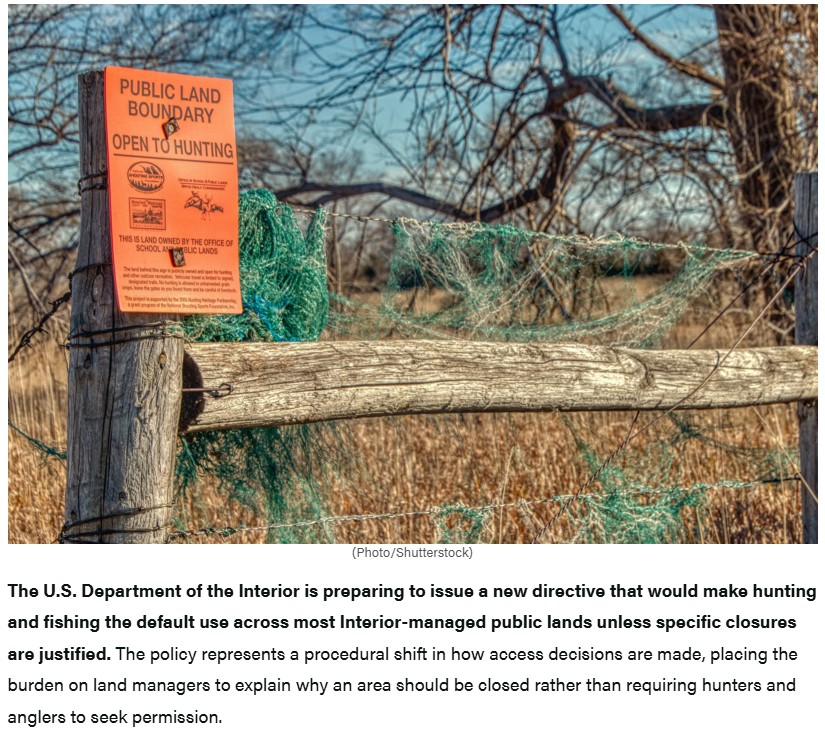 The U.S. Department of the Interior is preparing to issue a new directive that would make hunting and fishing the default use across most Interior-managed public lands unless specific closures are justified.
The U.S. Department of the Interior is preparing to issue a new directive that would make hunting and fishing the default use across most Interior-managed public lands unless specific closures are justified.
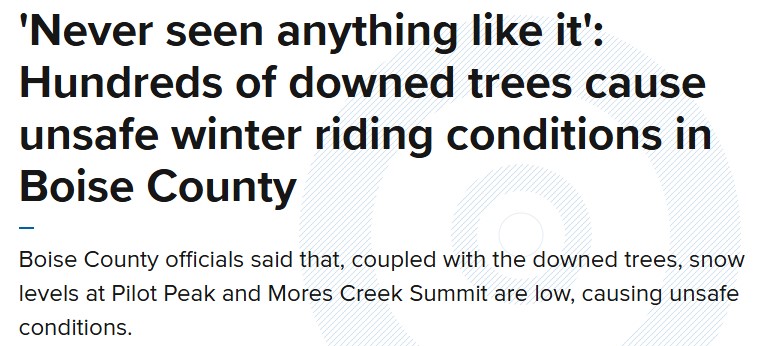
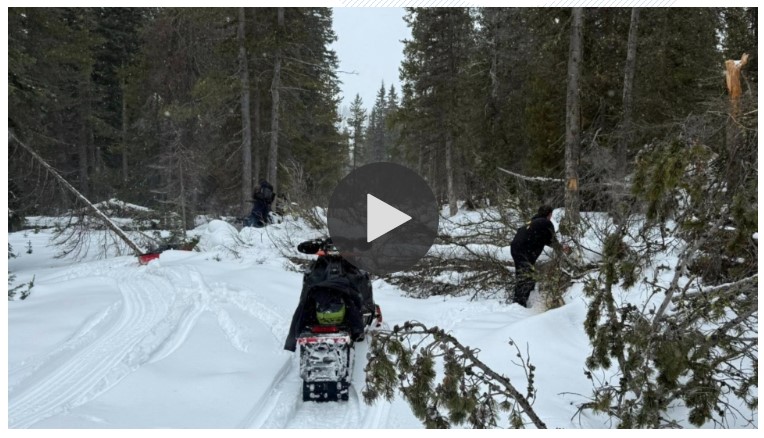
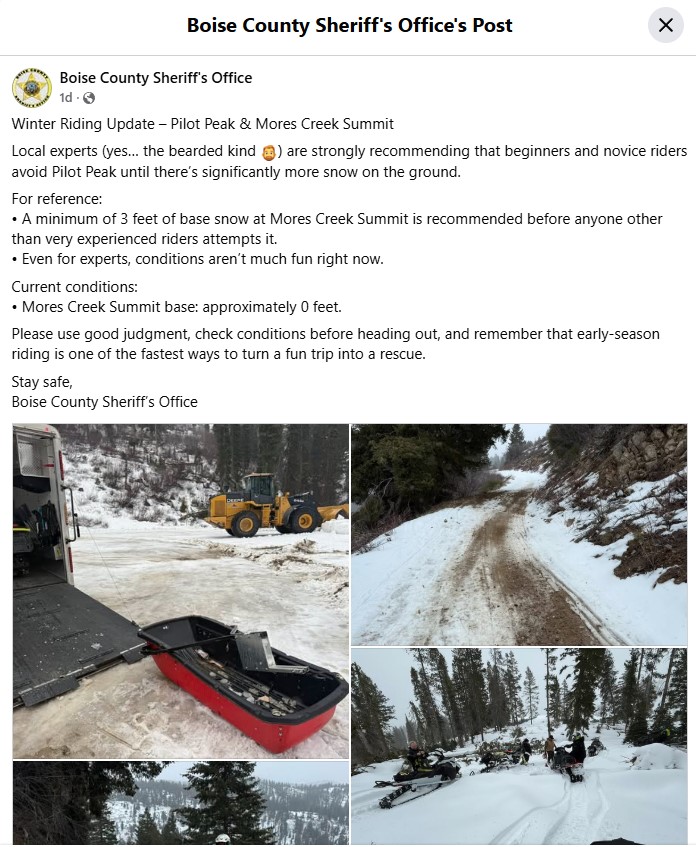

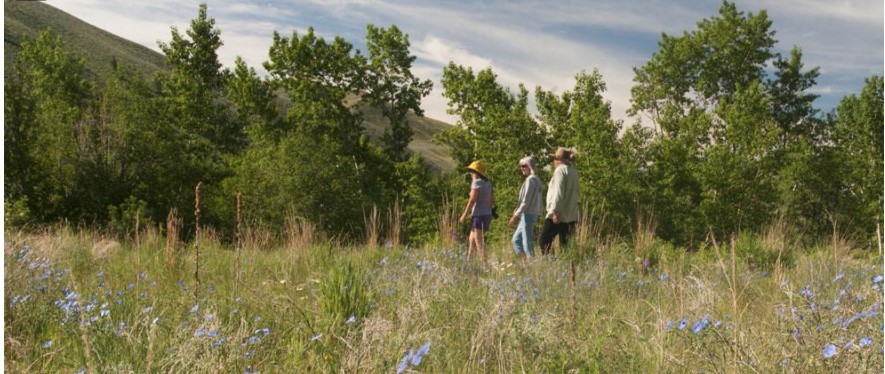

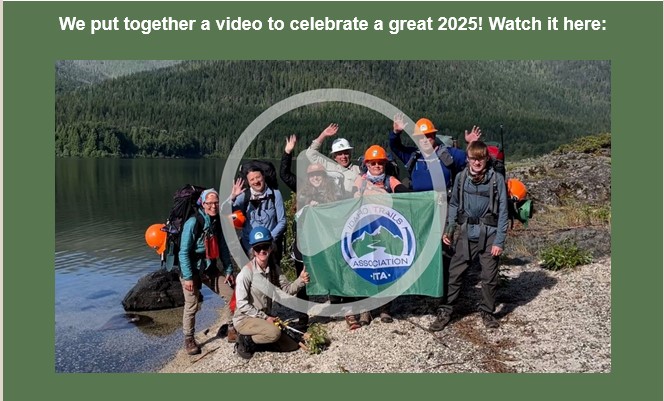
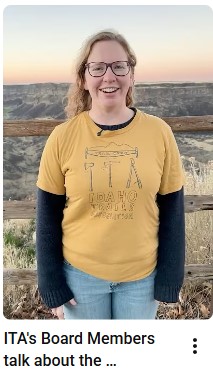

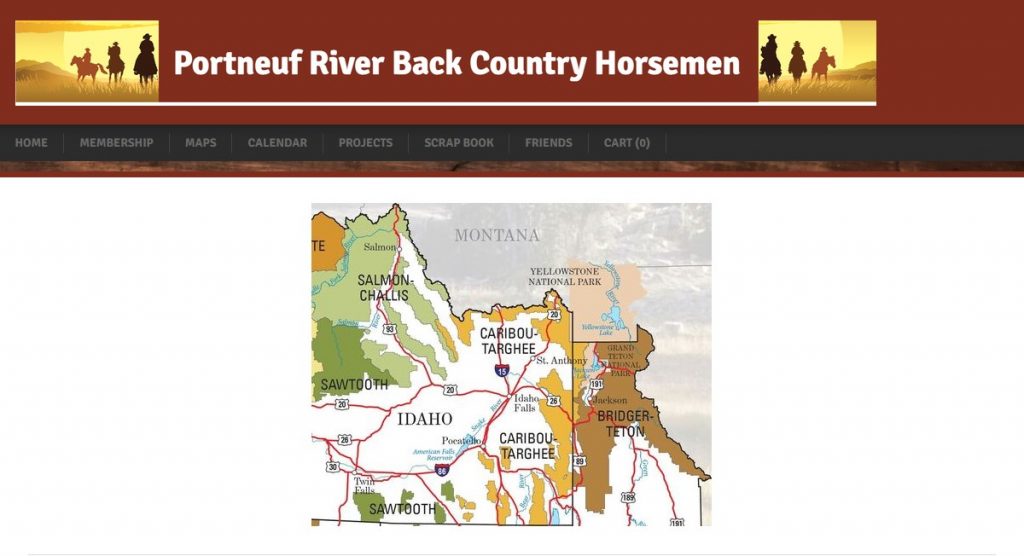

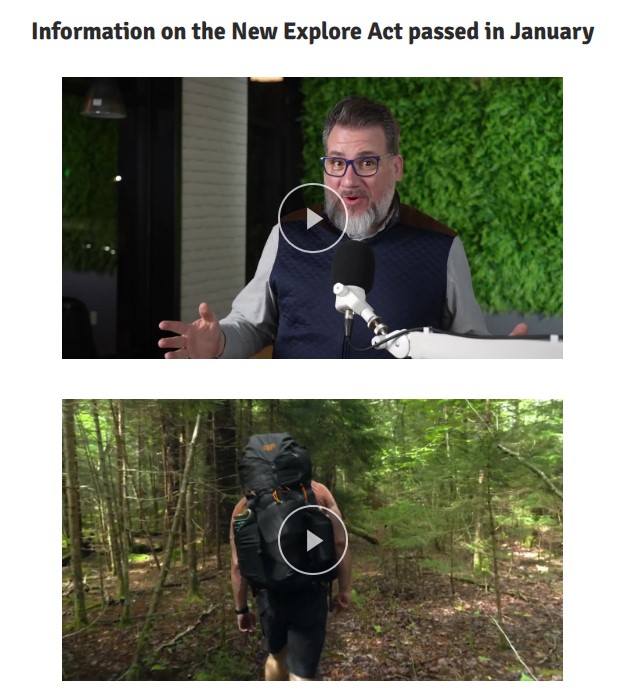
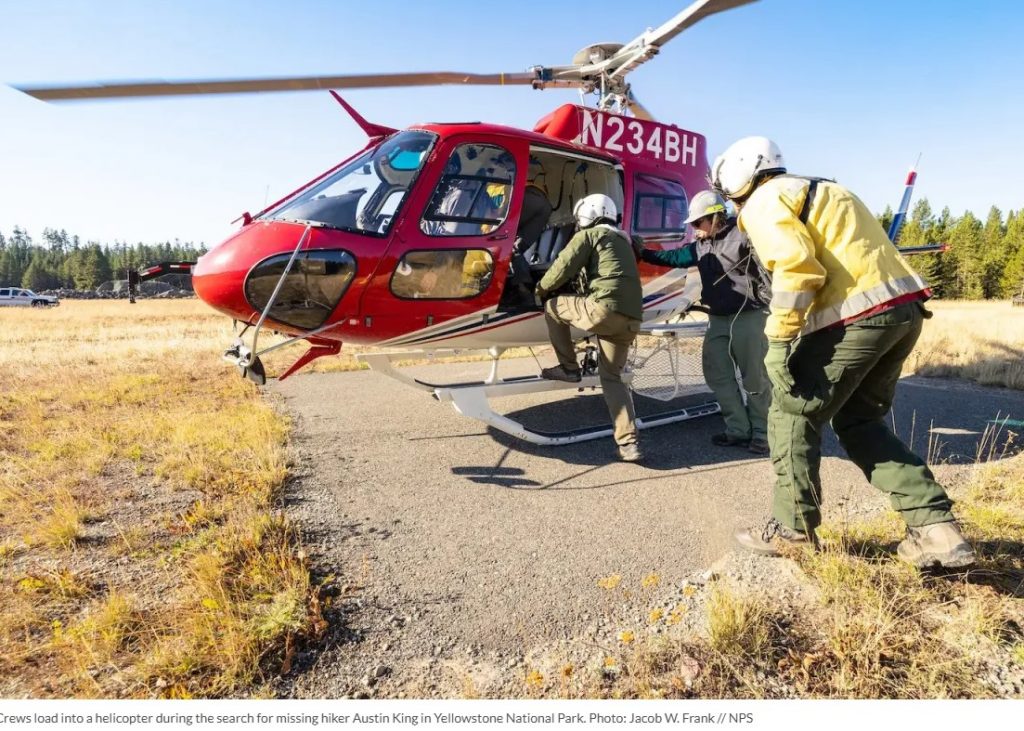

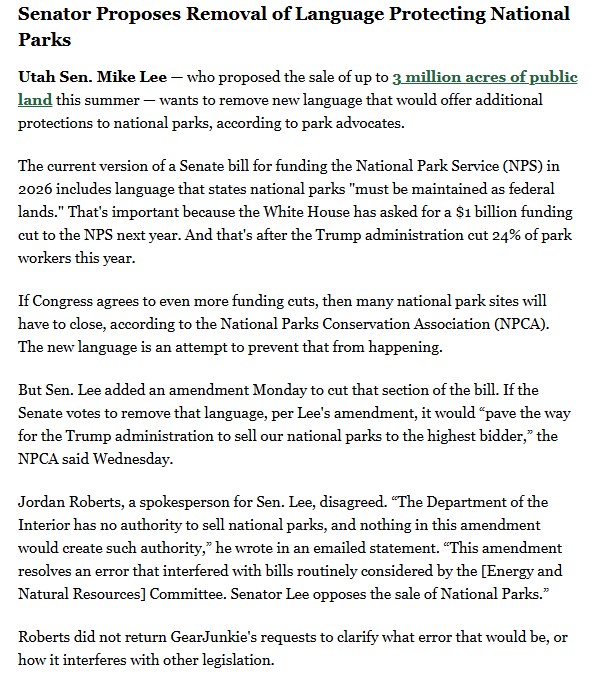
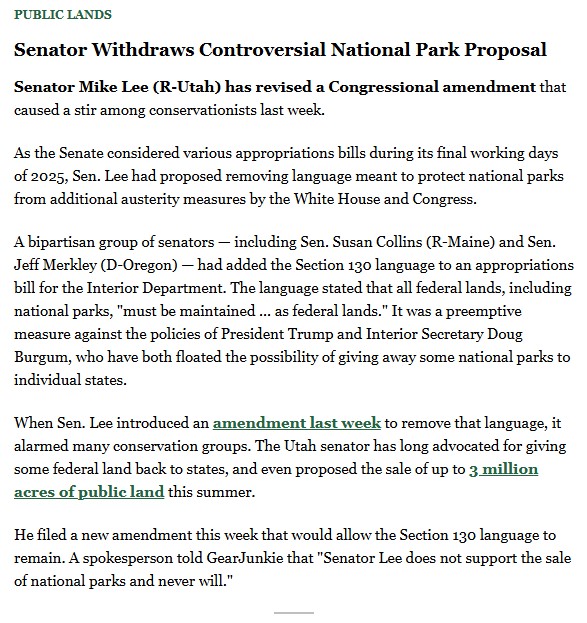
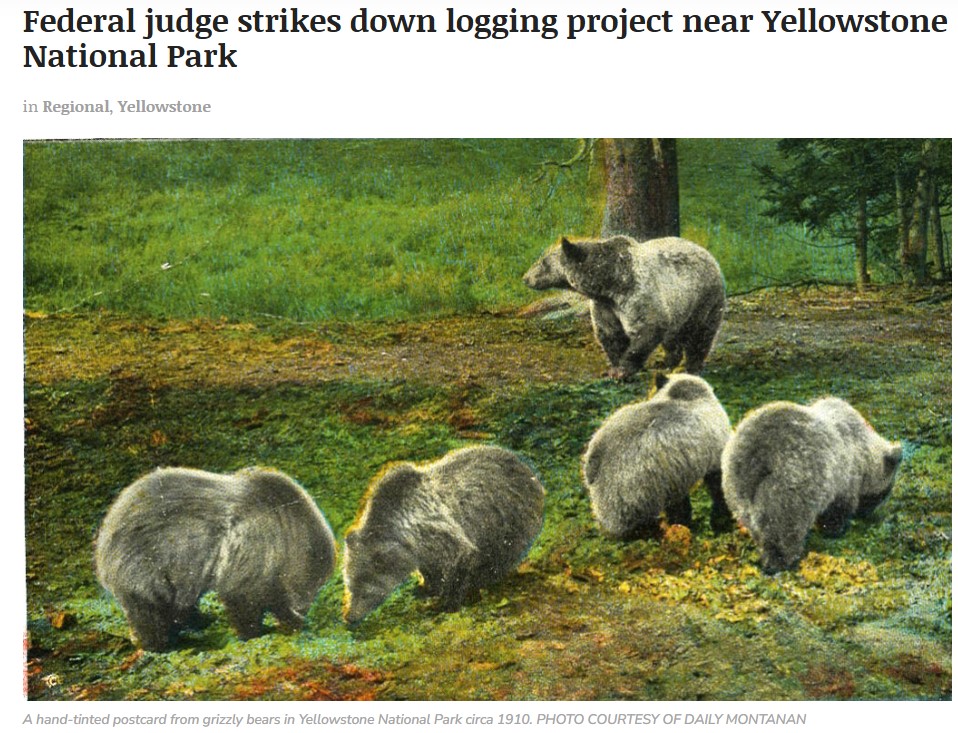
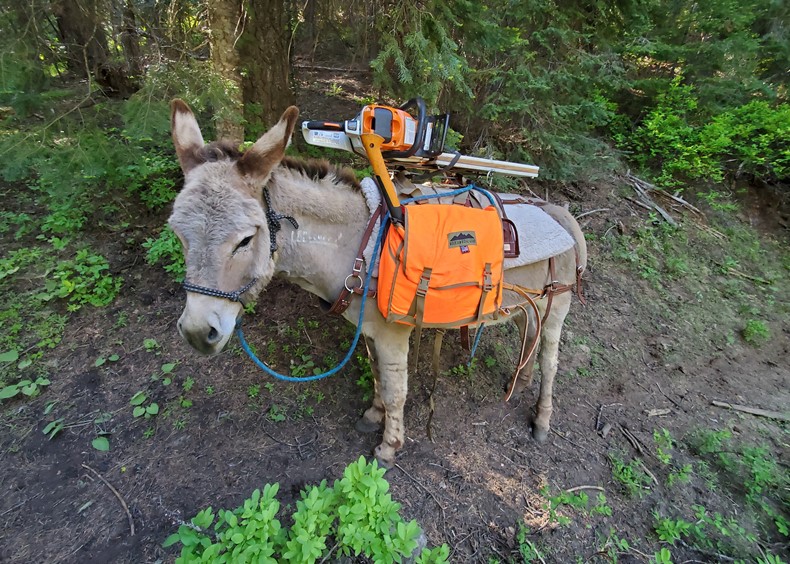

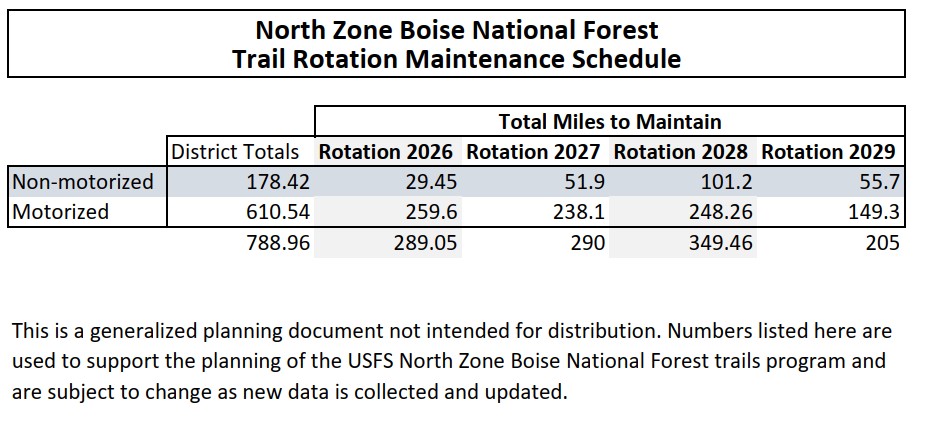
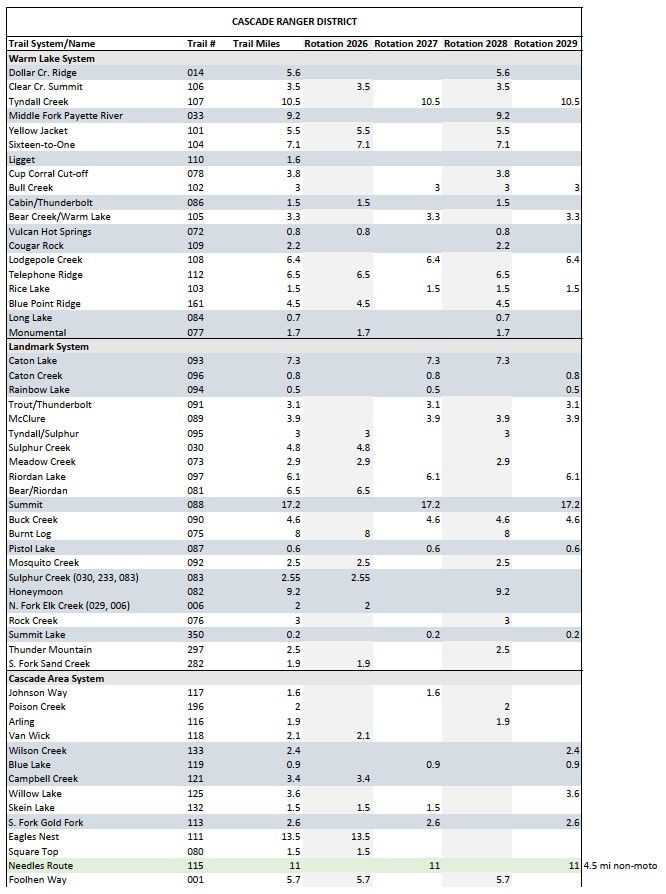
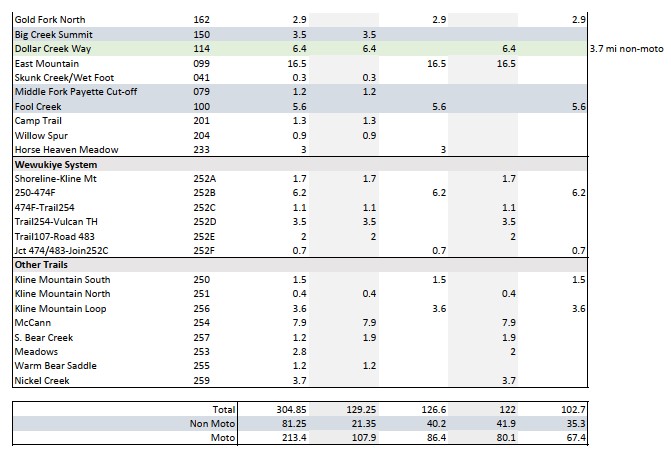
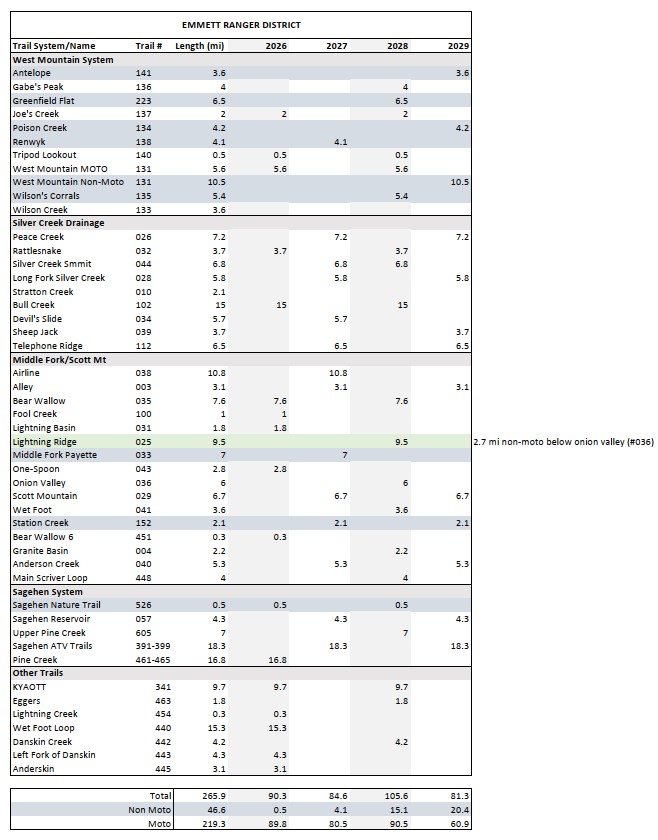
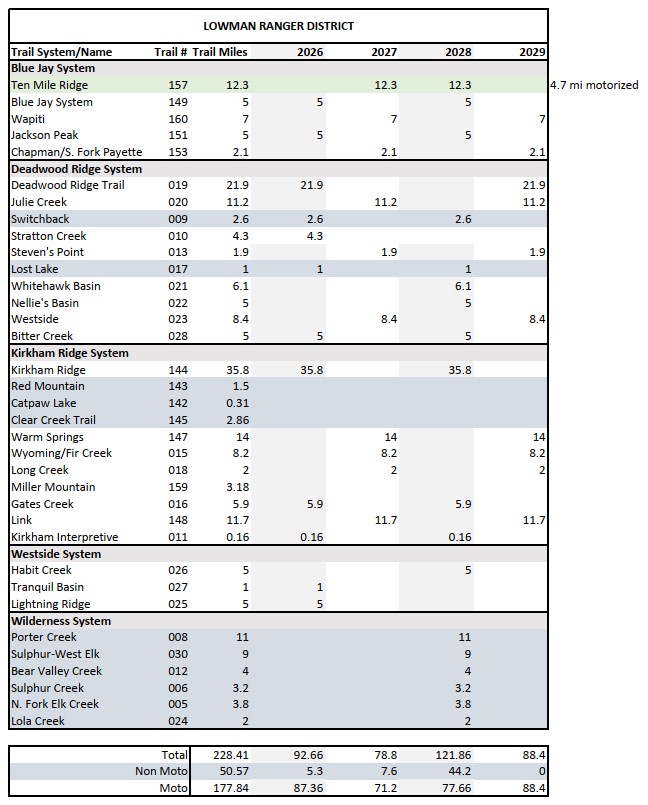
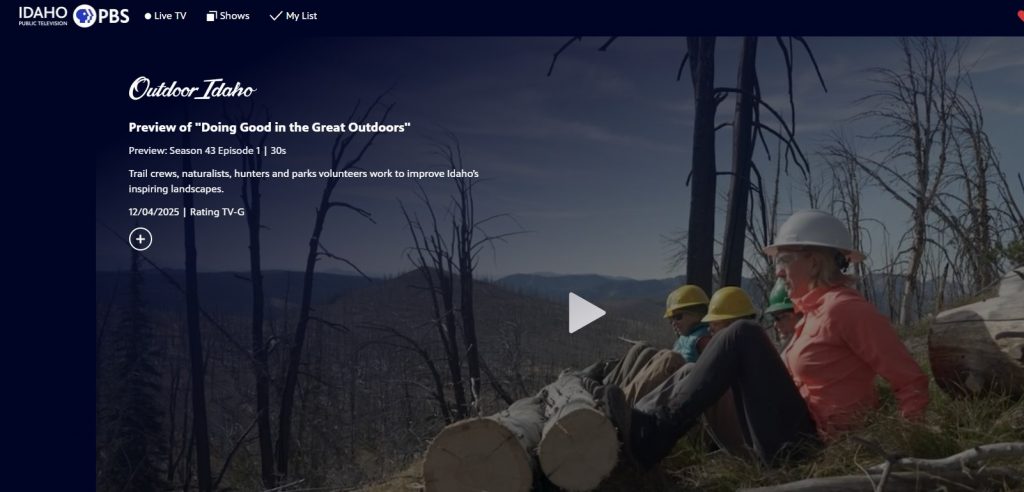

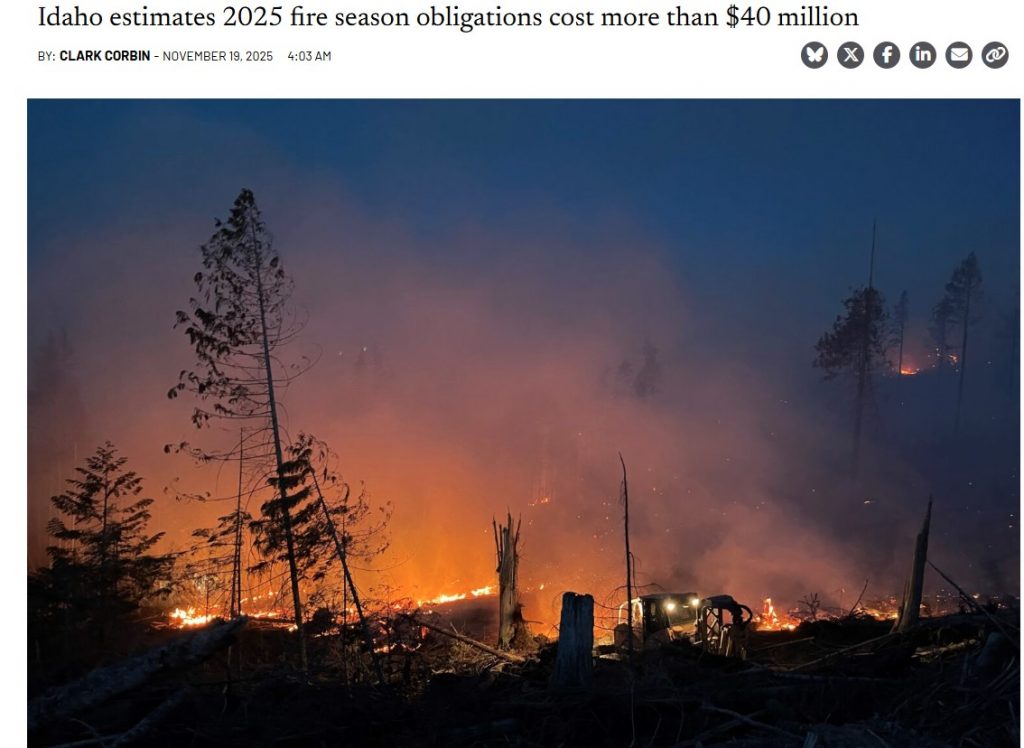
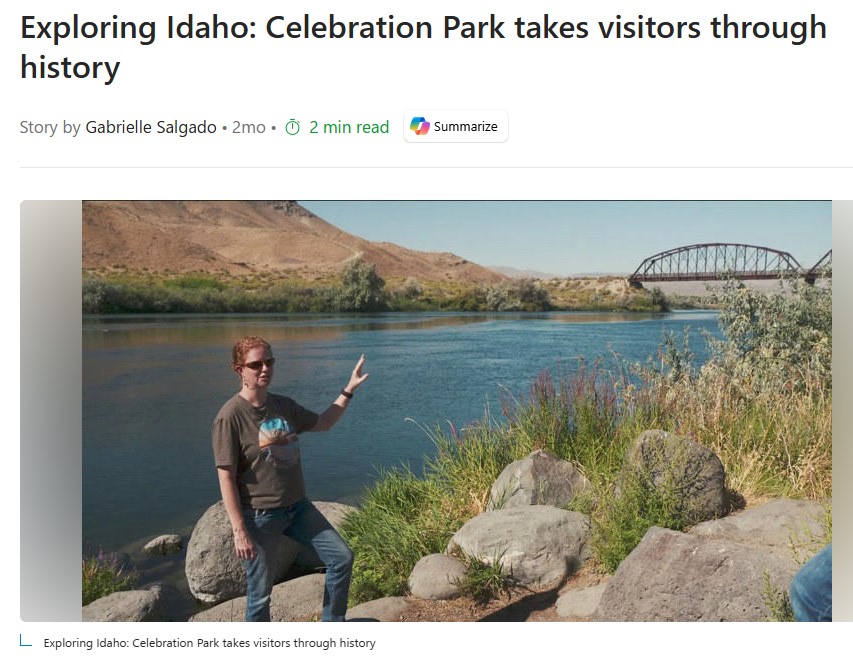
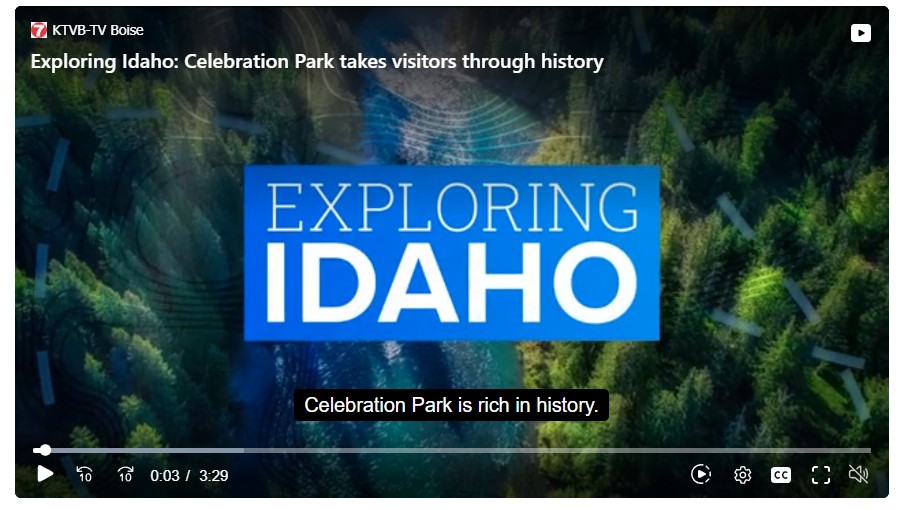
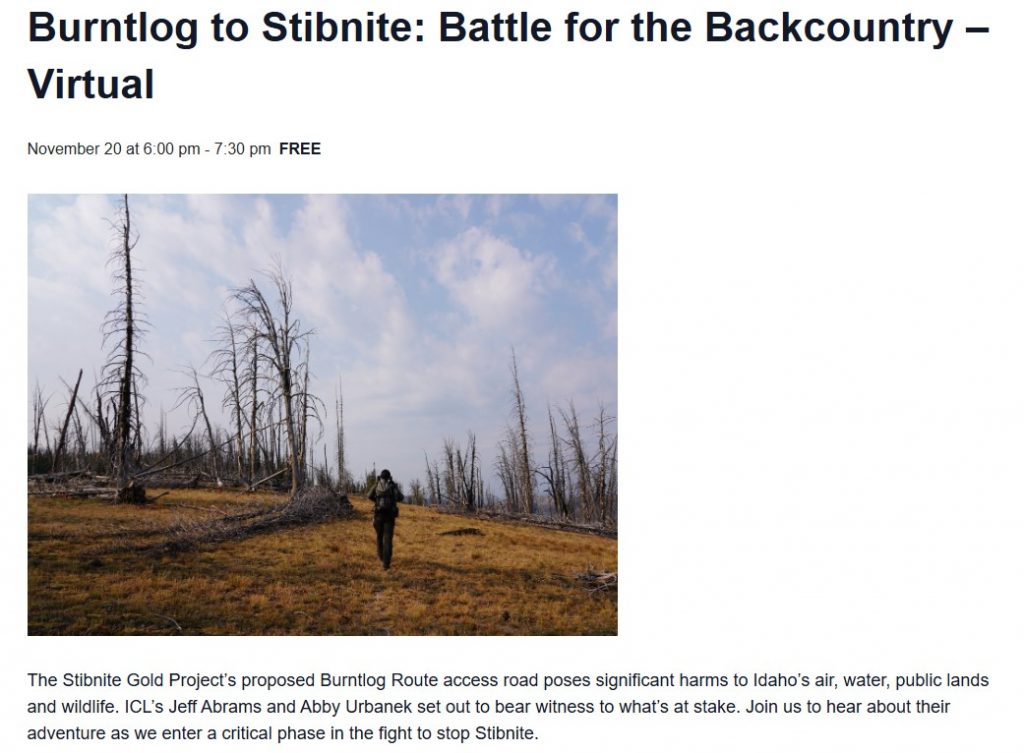
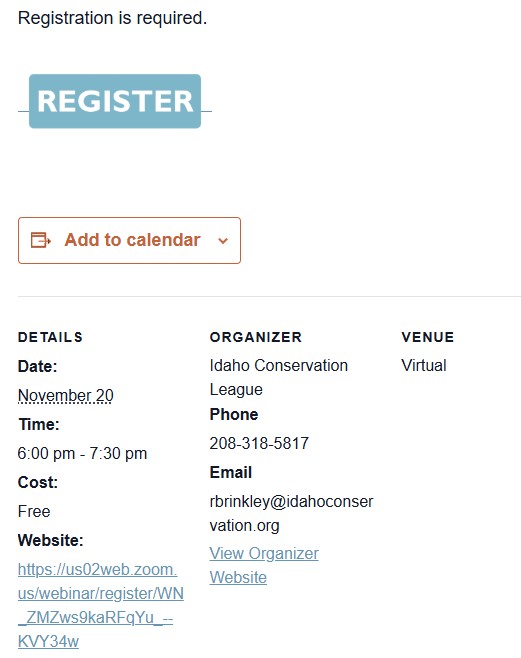
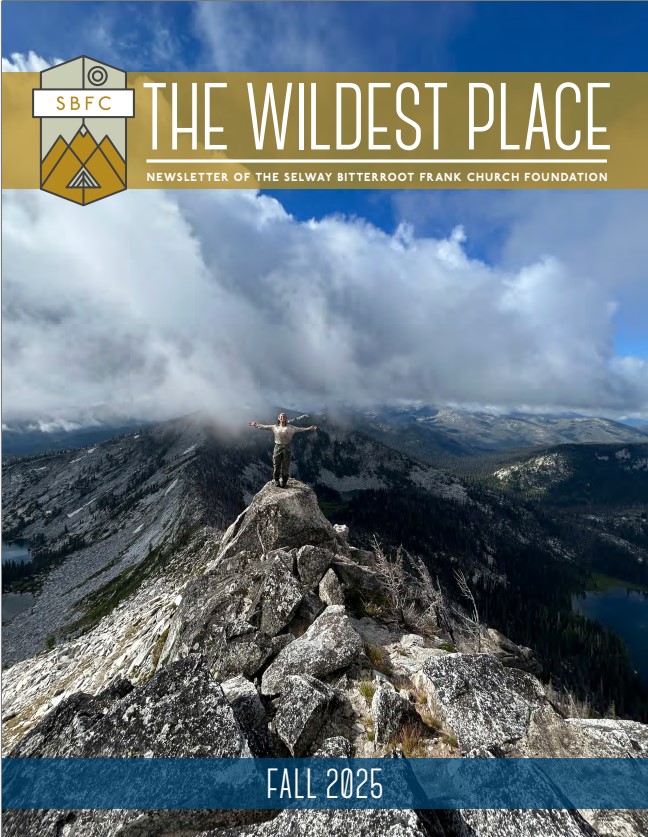
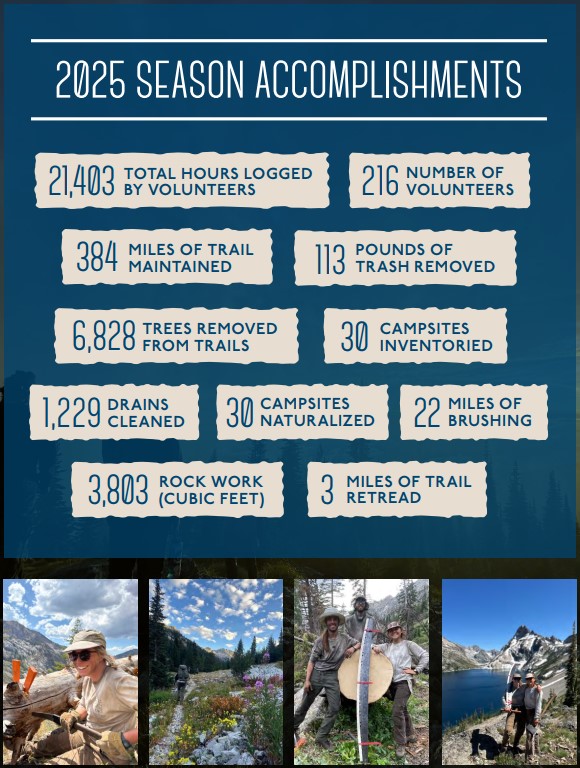


























 Public Lands Eligible for Sale interactive Map
Public Lands Eligible for Sale interactive Map



























